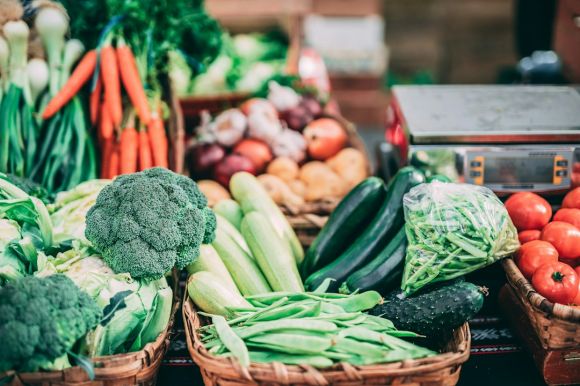Many gardeners are faced with the dilemma of whether to plant flowers and vegetables together in the same patch. While it may seem unconventional, there are actually several benefits to mixing these two types of plants. In this article, we will explore the advantages of combining flowers and vegetables and provide some tips on how to successfully integrate them in your garden.
Enhanced Pollination
One of the main benefits of mixing flowers and vegetables is the potential for enhanced pollination. Flowers attract pollinators such as bees, butterflies, and hummingbirds, which are essential for the fertilization of many vegetable plants. By planting flowers alongside your vegetables, you can create a more attractive environment for these beneficial pollinators, thus increasing the chances of successful pollination and higher crop yields.
Natural Pest Control
Another advantage of combining flowers and vegetables is the potential for natural pest control. Many flowers, such as marigolds and nasturtiums, have natural insect-repelling properties. By interplanting these flowers with your vegetables, you can help deter common garden pests such as aphids and nematodes. Additionally, certain flowers, like chamomile and dill, attract beneficial insects that prey on harmful pests, creating a balanced ecosystem in your garden.
Improved Soil Health
Flowers and vegetables have different root structures and nutrient requirements. By planting them together, you can promote improved soil health. Flowers often have deep-rooting systems that help break up compacted soil and improve drainage. On the other hand, vegetables have shallow root systems that can benefit from the increased organic matter and nutrients provided by flowers. This symbiotic relationship can result in healthier plants and improved overall soil quality.
Maximizing Space
If you have limited garden space, mixing flowers and vegetables in the same patch can help you maximize your growing area. By utilizing vertical space, such as trellises or stakes, you can grow climbing flowers like morning glories or sweet peas alongside your vining vegetables. This not only adds visual interest to your garden but also allows you to make the most of your available space.
Aesthetically Pleasing
In addition to the practical benefits, mixing flowers and vegetables can also create a visually appealing garden. The vibrant colors and diverse shapes of flowers can provide a beautiful backdrop to your vegetable plants. By carefully selecting complementary flower varieties, you can create a harmonious and aesthetically pleasing garden that is both functional and attractive.
Tips for Success
To successfully mix flowers and vegetables in the same patch, here are a few tips to keep in mind:
1. Choose companion plants: Research companion planting to determine which flowers and vegetables grow well together and provide mutual benefits.
2. Consider plant heights: Plan your garden layout based on the heights of the different plants to ensure that taller flowers do not overshadow or shade smaller vegetables.
3. Provide adequate spacing: Give each plant enough space to grow and thrive. Crowded plants can lead to increased competition for resources and reduced yields.
4. Regular maintenance: Keep an eye on your garden and promptly address any issues such as weed growth or pest infestations. Regular watering, mulching, and fertilizing will also help promote healthy plant growth.
In conclusion, mixing flowers and vegetables in the same patch can be a beneficial and aesthetically pleasing choice for your garden. By enhancing pollination, promoting natural pest control, improving soil health, maximizing space, and creating visual appeal, you can create a thriving and beautiful garden that provides both flowers and vegetables for your enjoyment. So go ahead and experiment with combining these two types of plants in your garden and reap the rewards of this harmonious and fruitful partnership.





